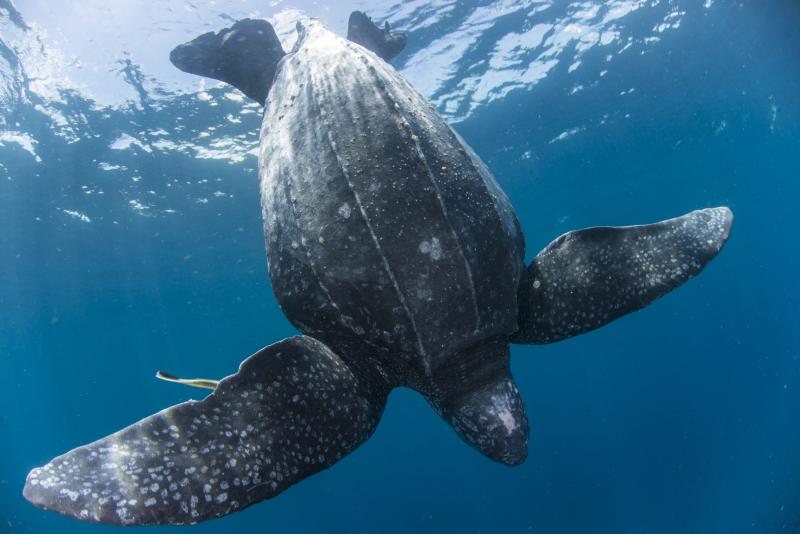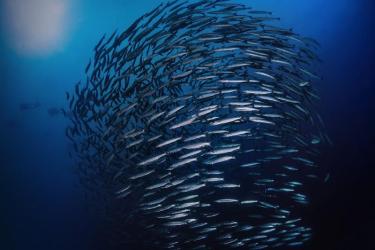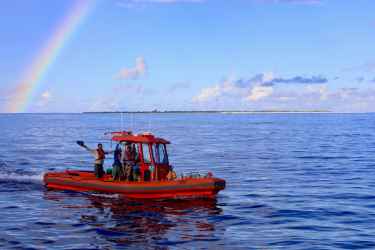Leatherback sea turtles are fascinating and huge! The largest turtle, in fact. Adults can be 6 feet long and weigh half a ton! These sea turtles have existed in their current form without scales and a hard shell since the age of the dinosaurs. They are also endangered, and Western Pacific leatherbacks are among the most at risk.
On this episode, we'll hear about efforts to recover the Western Pacific, also known as the Indo-Pacific leatherback sea turtle. Dr. Alexander Gaos is a NOAA Fisheries research biologist with the Marine Turtle Biology and Assessment Program at the Pacific Islands Fisheries Science Center. Ann Marie Lauritsen is a program officer for the Marine Turtle Conservation Program in International Affairs at U.S. Fish and Wildlife Service.
Sea turtles are quite unique in that they spend the majority of their lives at sea, but also emerge onto the land to nest. Under the Endangered Species Act, NOAA Fisheries has the responsibility for sea turtles in the water, and U.S. Fish and Wildlife Service has the responsibility when they are on the nesting beach. This distinction demands a close partnership to make sure that we're understanding and addressing the threats they face in both places.
Leatherback turtle recovery is a priority for NOAA Fisheries, and Pacific leatherbacks are a NOAA Fisheries “Species in the Spotlight,” one of nine species considered the most at risk of extinction. But for a highly migratory species that pays no heed to international boundaries, those recovery efforts are complicated and require a lot of coordination! Listen in to further explore the ins and outs of work with our partners to conserve and recover this special sea turtle population.




